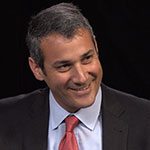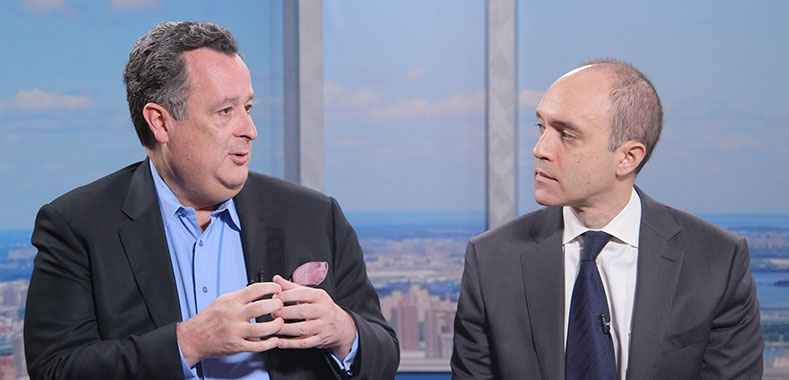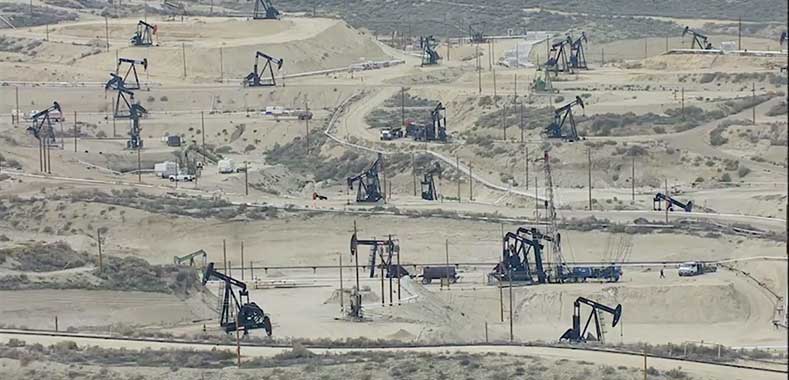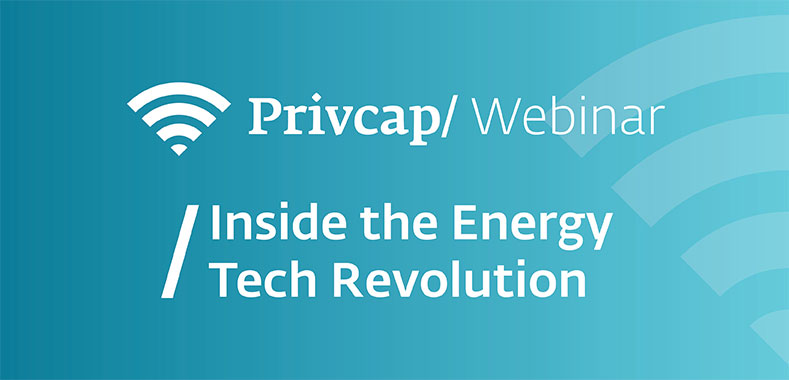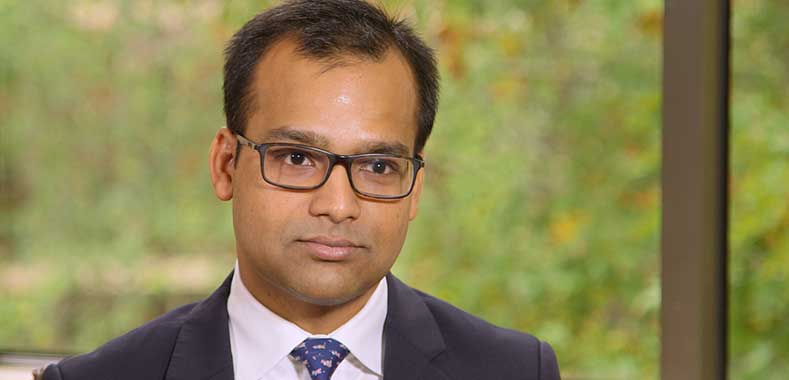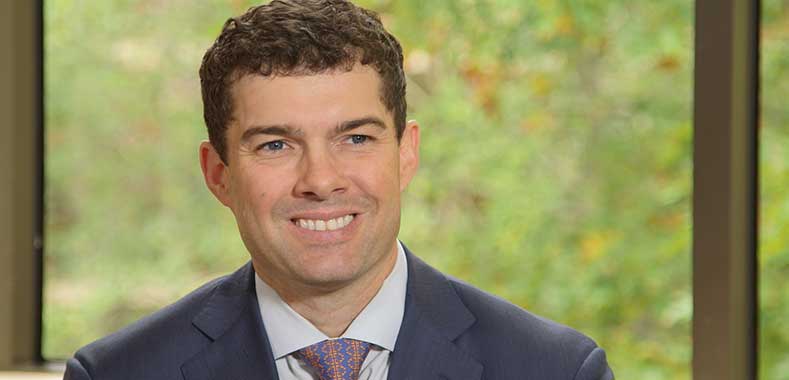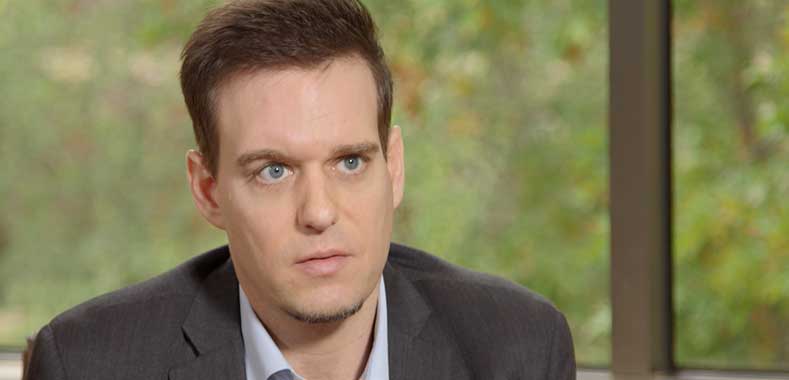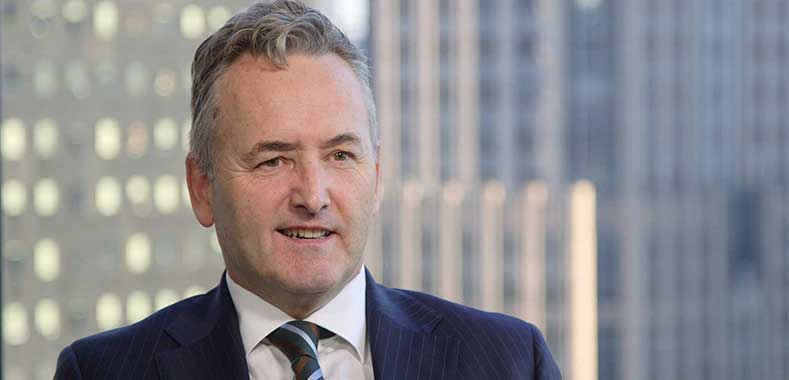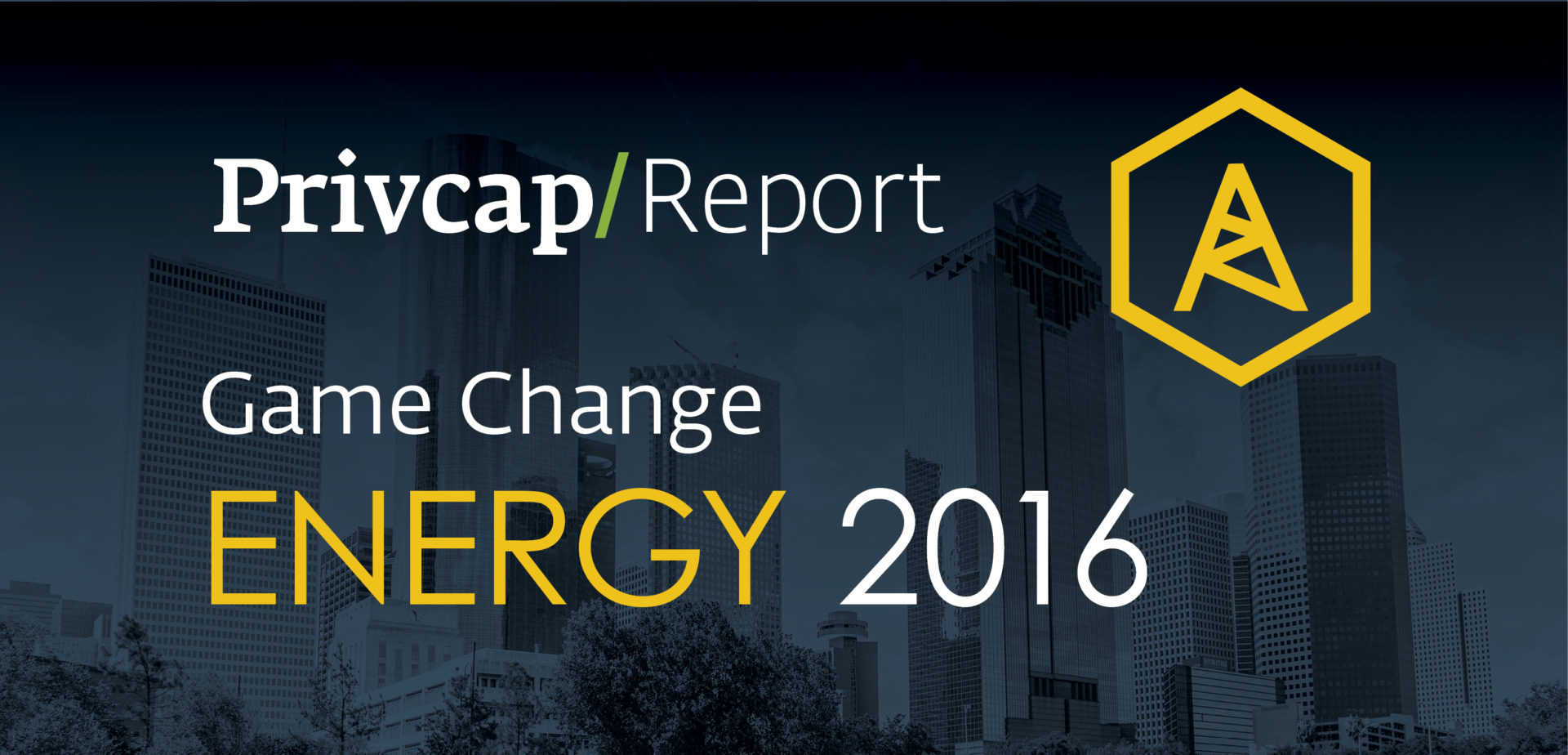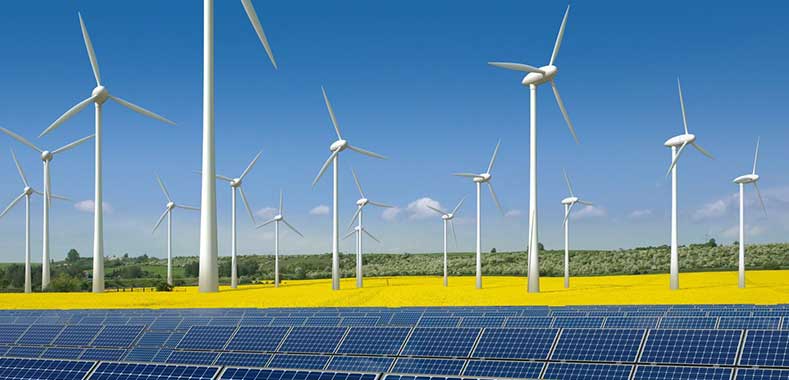Has the LP View of Energy Shifted?
In a panel discussion, four experts talk about whether limited partners’ outlook on energy-focused private equity strategies have changed, whether they have lowered return expectations,their appetite for co-investments, and what energy sectors are drawing the most interest
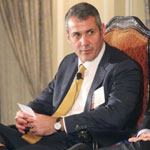
Mark Proctor, Vinson & Elkins: What are the most attractive investment opportunities in energy right now?
Chris Tehranian, Meketa Group: We’ve seen a lot of very interesting opportunity sets, whether it’s midstream or on the upstream side. But with that said, there’s been a lot of volatility and this has been a period where we’ve spent a lot of time focused on our partners and the sponsors alongside of that.
We’ve also seen some interesting spaces within renewables.

Proctor: Noah, what opportunities are you seeing?
Noah Keys, AlpInvest: Our mandate’s largely in traditional oil and gas. A lot of what we’re doing is on the upstream and midstream side, certainly some services. We’re taking a fairly measured approach these days. We like the diversification of investing across the energy value chain. And when we look at investments, obviously location is important and in certain areas, there’s a lot of competition, so we’re often looking for maybe other areas that are not quite as expensive to get into. We’re deploying a fund model and making fund commitments and investing across the asset class.
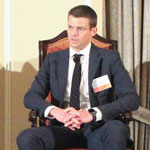
As we go forward, there’s a lot of capital continued to be needed in space and that creates opportunity for us as a participant in the private equity space, but also, we go out and buy on interest in the secondary market. There’s been a decent level of LP fatigue in this space. That’s creating some interesting opportunities for us, in particular. It’s also creating some interesting co-investment opportunities.
Even where we’re not an LP, there have been opportunities to participate and commit capital and invest in opportunities where you have some of that fatigue and folks need third-party capital to come in and execute on some of those transactions. We’re seeing a decent amount of that.
Proctor: And are you seeing better values in certain areas?
Keys: What we like to see in our existing portfolio is exposure to certain areas of the Permian [Basin] and the SCOOP and STACK. When you’re looking forward and trying to deploy capital … the A&D market over the last couple of years has obviously been a little bit challenged, slower to develop. We’re starting to see that open up a bit; bid spreads are narrowing from what we can tell.

We’re seeing some interesting opportunities on some of the areas that may not be as popular, but where you can get similar economics and go in at maybe a lower price point and take advantage of going in and deploying some interesting technology, completion techniques and the like.
Lars Pace, Hamilton Lane: If I think back over the last couple of years, we were pretty active in deploying capital into equity energy funds in 2014 and early-’15. And then, since that time, we transitioned to more credit opportunities in the energy space in ’15 and even in [2016].
We also have seen some large funds being raised in the power infrastructure side. So we’ve been deploying capital there, as well. We think it’s a good long-term space for investors who are seeking yield and inflation protection.
Proctor: Do you have any views on natural gas, versus coal, versus renewables? Are you supportive of investing in all three different areas or are you more focused on traditional oil?
Keys: We’re not spending a lot of time on the coal sector these days. We’d like to see the renewables sector develop in some form. Most of what we’re doing is on the oil and natural gas side. We think there’s plenty to do there for a long period of time.
There are some interesting opportunities in met coal, but more of the traditional coal that’s used for power generation we think is fairly challenged right now. It’s not an area where we’ve spent a lot of time.
Pace: Some of our diversified energy managers have been investing in met coal, but beyond that, it’s pretty limited. In renewables there’s good opportunities there. The return profile is a little bit challenged, especially for developed assets. So, we’re selective with looking at opportunities in pure renewable funds, but we like it as part of a diversified play. Most of our exposures have been on the upstream oil and gas side.
Tehranian: I look back 10 years ago, and I worked at one of the biggest, baddest coal plants and we were looking at developing a nuclear facility. So, it’s interesting how, if you just wait a little bit, how tides change. And going from import to export of natural gas, it’s been interesting. But I agree, we spend the majority of our time on the oil and gas side. And I think there’s a lot of opportunity there and there’s a lot of development.
Proctor: Do you have a preference for diversified managers versus managers that are highly focused on one specific area?
Keys: We don’t care, as long as they’re the best at whatever area they’re focused on. So to the extent there is a diversified manager who is very good at upstream, midstream, and services, that’s great. In many cases, you find that some of the specialists are indeed specialists and have a little bit more expertise in certain areas. We like to have a mix.
Tehranian: It all comes down to the team and the deployment and execution. It just depends on what the mandate is—if we’re able to go in different areas during different cycles, that’s a positive thing, but you do need to have that specialization on hand.
Another unique factor is, in certain cases, our clients want to do one to two opportunities in a given year and some of those more generalist opportunities provide that level of diversification that they wouldn’t be able to, in terms of a multi-manager approach, in terms of a standardized pacing per year.
Proctor: Do you see your clients generally increasing their allocation to energy, decreasing their allocation to energy? Where are they?
Tehranian: I’d say that there’s definitely been an increase … not specific to energy, but in terms of real assets and going into some of these inflation-linked areas.
Before, a lot of these were more focused in on zero to 3 percent, and now we’re seeing allocations that are getting up to 7 percent to 8 percent, and that’s going to continue to increase.
Pace: We’re trying to maintain a steady state. So we work with our clients to develop strategic plans to invest capital, both in private equity and energy, and then deploy that capital over a period of time. So, for the clients who have established portfolios, really, they’re just looking to maintain their allocation to energy.
Where we are seeing increases [is] in clients, who either have new portfolios or haven’t historically invested in the U.S. energy markets. So, for example, some of our foreign clients are enquiring about how they can get into the U.S. energy and infrastructure space, just given the fact they think it’s a good place to deploy capital over the next five years.
Proctor: Are there areas where you see clients looking to get into U.S. energy from offshore?
Pace: Yeah, they’re looking to get [an] upstream energy focus, as well as other asset classes within energy. It’s primarily from Asia and the Middle East—a bit of everything, some larger investors who are just looking to build up portfolios and then some who have established portfolios and just looking to build out their U.S. presence.
Proctor: Are there areas where secondary markets are looking attractive?
Keys: If we go in and evaluate a portfolio of assets and work with the manager to understand the values and form a view, that’s very different than the view of someone who wants to sell out of a position and no one wants to sell at the bottom of a market. There are certain structural challenges some LPs face that require them to sell and we’re seeing some of that now in areas that you wouldn’t have seen previously.
In the run-up you had many more managers, much more LP participation. You’re starting to see some of that work its way through the system and certain LPs are fatigued and we see it kind of across the sector, most notably in the upstream side where you certainly see folks come out and if you have a portfolio that’s somewhat challenged because there was maybe a little bit too much leverage at the wrong time in the cycle.
Proctor: Are you seeing more co-investment opportunities?
Keys: Co-investing for us is probably the piece of our business that will grow the fastest over time. We’re not doing a ton in that space now. We’ve executed a couple of transactions over the last few months. There are certain scenarios where you need capital or the managers need capital and the LPs are kind of tapped out on energy and don’t really want to put up more capital.
Tehranian: There’s been a lot more interest on the energy and infrastructure side. We’ve seen that activity increase over the last 18 months and it fits the profile of these types of investors that we work with, as well. One area that we probably haven’t looked this hard at and we’ll probably be looking at a little bit closer in terms of some of our partners is on the upstream side.
Pace: We have a dedicated co-investment fund that invests across private equity in energy that’s about $1.5B that we’re deploying right now. And so we’re just looking to build a diversified portfolio, which would include upstream and midstream opportunities.
Outside of that, a lot of our client separate accounts have the ability to invest in energy. So we’re just looking at investments on an opportunistic basis to see if it fits into that client’s mandate. We try to solicit as much co-investment deal flow as we can and determine if it would fit our client portfolios.
Proctor: What are some lessons learned from the downturn? What did it do to your portfolios?
Keys: One thing that’s been certainly highlighted during the downturn is valuation approaches vary significantly from manager to manager, even across similar asset classes. So what we spend a lot of time trying to do is calibrate with the GPs and making sure we understand how they’re valuing investments—not just for our secondaries practice, but as investors in a fund and forward-looking, if we’re going to make any new commitment to a fund. On the asset side, specifically, you’ve certainly amplified certain notions, such as location is important, and focusing on the lower end of the cost curve.
More importantly, capitalization is critical, and as we look at portfolios today, there are certain leverage issues across a number of portfolio companies out there in the energy sector.
Proctor: Lars, were there any mistakes that you saw managers make during the downturn that you think that had an impact on the portfolio?
Pace: Partially, the managers have to deploy capital within a reasonable period of time. So, it’s not fair to expect them to invest in 2013, ’14 and then not expect valuations to be impacted by the decline in prices.
Some of our clients who are newer to this space were taken aback by the volatility in the market, but really, if you’ve been investing for a longer period of time, you realize that energy has a useful place in the portfolio, but you have to understand that there’s more volatility than a generalist private equity fund.
The one thing is, we have good established relationships with managers who have been in business for quite a long time, and so we’re maintaining those relationships, but we’re looking for up-and-coming managers, as well.
Proctor: Are you seeing more or fewer managers who are just starting out?
Pace: In 2015, there were several new managers forming, and there’s always managers, who are coming up from various entities, so I don’t know if it’s more or less, but it seems like there’s a little bit more new teams forming than we’ve seen.
Tehranian: We live in a very forgiving sector in certain cases and so the glass is always half full, even if it’s spilt over. And you need these cycles to test the mettle of your portfolio and to know where you’re positioned.
Should return expectations be lowered? Should allocations be cut? Do rising oil prices spell a compelling forward-looking opportunity? Do renewables look comparatively attractive?
